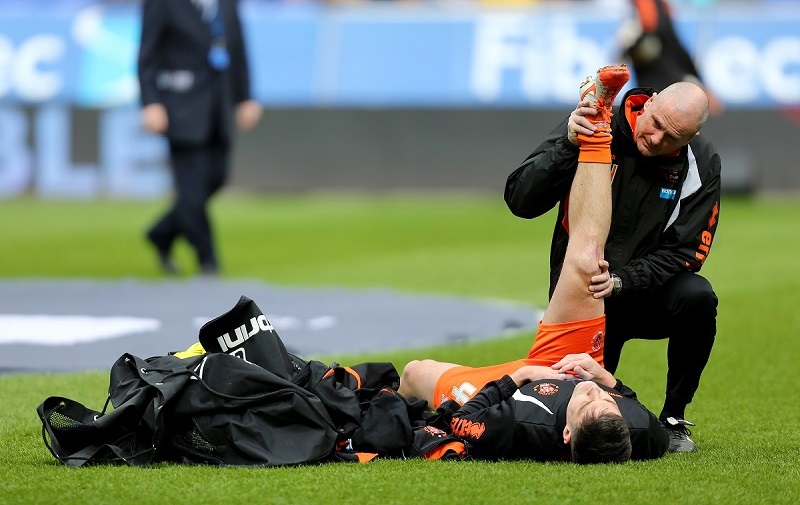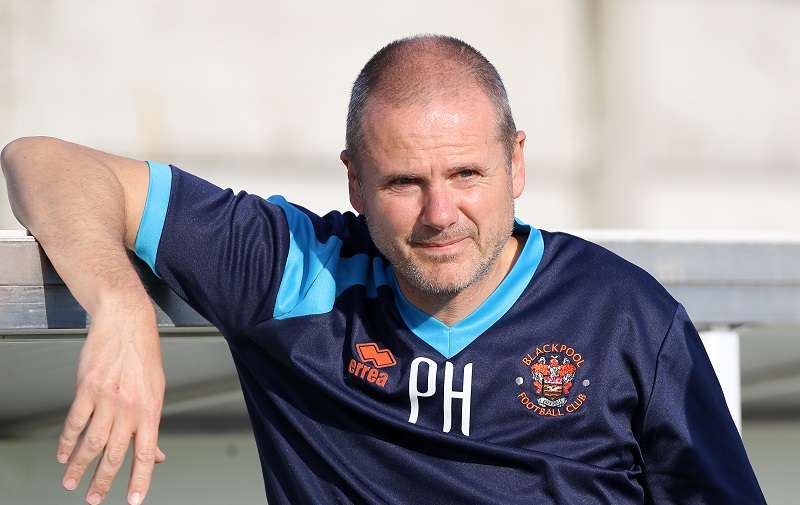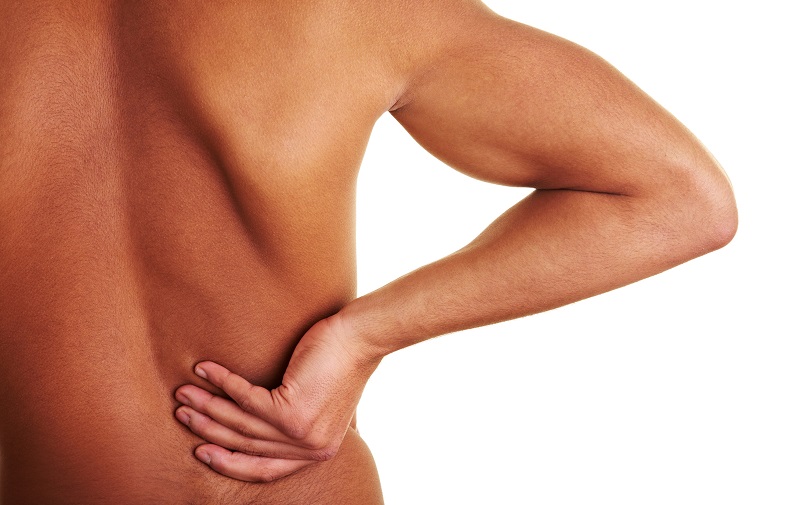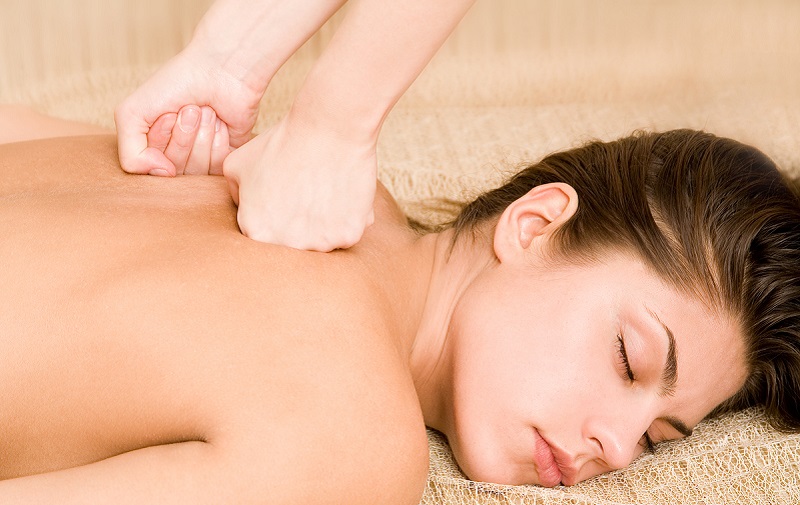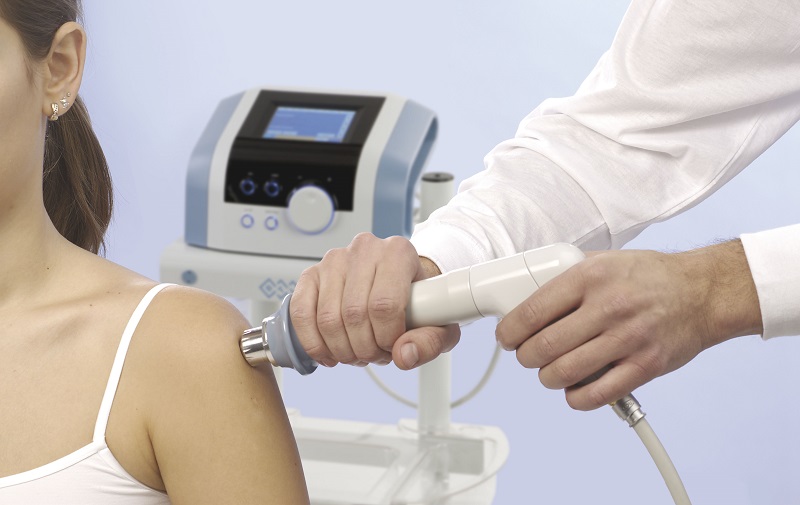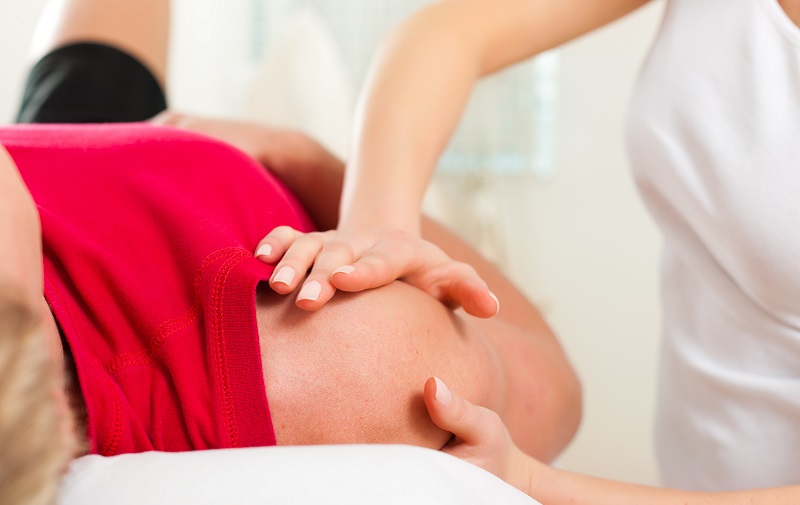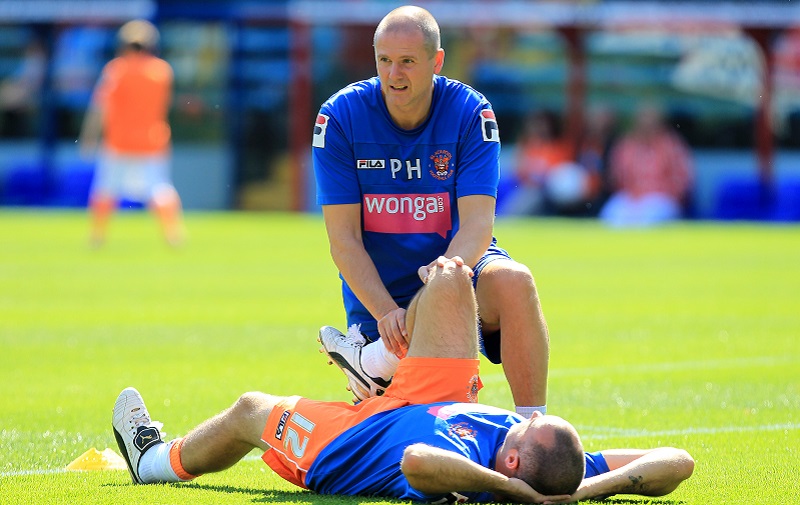- 286 Clifton Drive South, Lytham St Annes, FY8 1LH
- info@philhornerphysiotherapy.co.uk
- 07782 317 947
I have shared the management of many patients with Phil – from elite athletes to those with late knee arthritis. His assessment is always meticulous and he gains their full confidence with his knowledge and professionalism. The key to his excellent results is having a sound management plan which is communicated to all those involved in caring for the patient.
Professor Philip Turner MB ChB (Hons), FRCS, FRCSEd, FFSEM (UK).
Services / Treatments
Joint Mobilisation
Joint mobilisation techniques are a type of manual therapy that therapists use to help restore normal function to a joint. These techniques can restore range of movement of a joint and significantly improve function and reduce pain. This is a hands on therapy that can be applied to any joint, including those of the spine, and can provide a gentle alternative to manipulation.
Muscle Energy Tenchnique
Muscle energy technique (MET) is another form of manual (hands on) therapy that is used by the therapist to restore function in the musculoskeletal system. It is used to relax increased muscle tone and muscle spasm and, therefore, help restore normal movement of the affected area. MET requires the active participation of the patient and counter resistance of the therapist to elicit relaxation of muscle tissue via a process called reciprocal inhibition. Patients can also be shown how to use MET techniques as part of a home exercise programme.
Myofascial Release
Therapists often use another form of manual therapy called myofascial release to relieve muscle dysfunction and pain. This technique identifies myofascial trigger points and uses applied pressure and gentle stretching to resolve these areas of muscle dysfunction. Trigger points are dysfunctional areas within muscles often caused by injury, stress, postural problems, fatigue, muscle balance problems or poor movement patterns. Whether the direct cause of symptoms or secondary to joint dysfunction trigger points are responsible for a significant amount of acute and chronic musculoskeletal pain. Myofascial release is a very effective way of treating trigger points and easing the associated symptoms.
Taping / Kinesiology Taping
Taping is a very useful adjunct to many other forms of treatment a therapist may use. It can be used to support injured muscles, tendons and ligaments or to control and alleviate swelling. From compressing and supporting an acute injury to promoting better posture taping can offer many benefits.
Kinesiology tape is a thin, usually coloured tape that is applied to muscles and joints to relieve pain, reduce swelling and improve muscular function. It is a flexible tape that doesn’t restrict any movements and has the advantage that it can be left in place for a number of days. You may have seen this tape used by many professional athletes to improve their performance, reduce and support injury and enhance recovery. Its benefits are not, however, confined to the sporting environment and can be used to support other treatments in the rehabilitation of musculoskeletal dysfunction.
Sports massage / Trigger Point Therapy
Prolonged, strenuous and repetitive activity can cause muscular fatigue and ultimately muscular dysfunction and pain. Sports massage can enhance recovery from exercise and help to reduce the risk of subsequent injury. It helps reduce the development of myofascial trigger points which are responsible for a significant proportion of musculoskeletal pain. Trigger points can also be treated by ischaemic compression, acupuncture, acupressure, myofascial release and electrotherapy.
Individual Exercise Prescription
Invariably manual therapy treatment of musculoskeletal dysfunction should be augmented by the provision of an individually tailored exercise programme. This needs to be specific to the individual, their condition and take account of their capabilities. Correct exercise prescription can significantly improve treatment outcome and help prevent the recurrence of injury. Comprehensive explanation of the exercises, their rational and importance in maintenance will all help motivate the patient and improve compliance with the programme.
Electrotherapy
Electrotherapy is often used by a therapist as an adjunct to manual therapy in the treatment of musculoskeletal dysfunction and pain. There are many types of electrotherapy modalities that can help facilitate or lessen the body’s natural healing response depending on the nature and circumstances of the injury.
Postural Re-Education
Most people are aware that poor posture can have a direct effect on the risk of developing musculoskeletal problems. Not everyone, however, can recognise the cause of their postural problems or how they might be corrected or improved. Improving posture requires education, to understand the muscle imbalances causing the poor body alignment, and an appropriate corrective exercise programme to help correct the postural dysfunction.
Biomechanical Assessments
A thorough biomechanical assessment can tell the therapist a great deal about the patient’s posture, muscle imbalances, potential problems and very often an explanation for their current symptoms. Biomechanical assessments can be static, dynamic and functional and can be repeated, if necessary, after corrective rehabilitation to help to assess progress. Understanding the underlying postural and biomechanical causes of their problems can often help the patient to take preventative action and change or adapt harmful patterns. Some biomechanical problems in the lower limbs and pelvis are best treated by prescription orthotics.
For more information on the conditions we treat and services we offer, or to book an appointment please call 07782 317 947, email me at info@philhornerphysiotherapy.co.uk or Book online
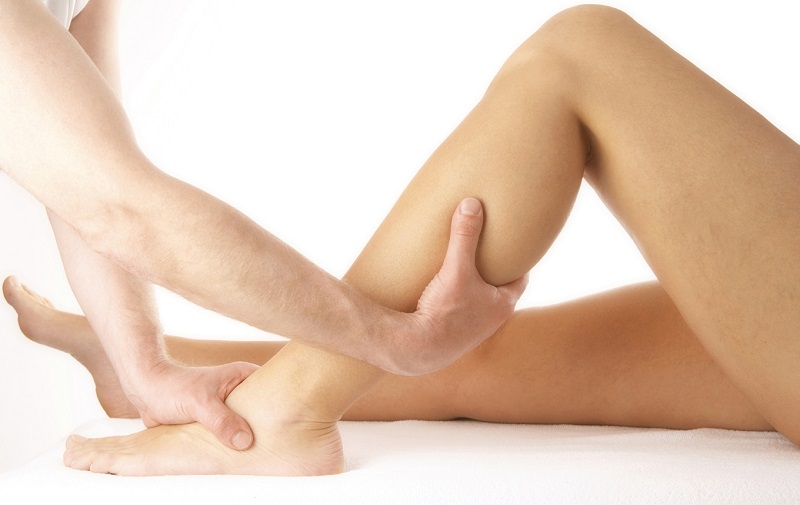
Muscle Energy Technique
Muscle energy technique (MET) is another form of manual (hands on) therapy that is used by the therapist to restore function in the musculoskeletal system.
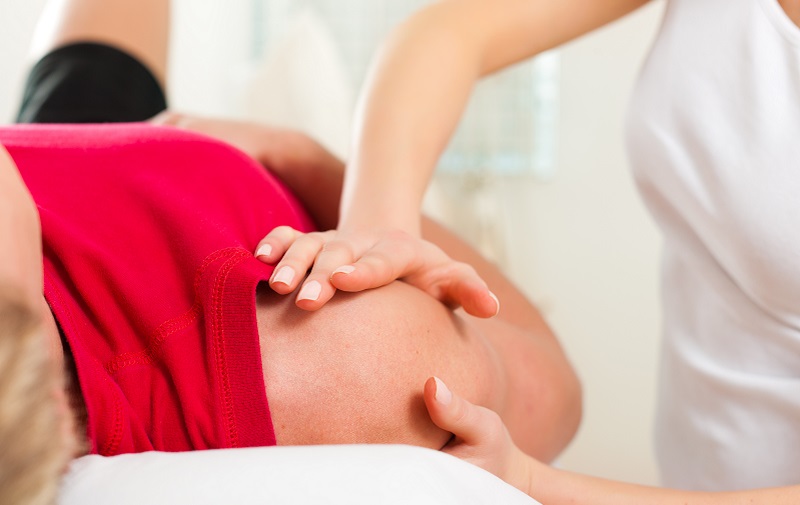
Myofascial Release
Therapists often use another form of manual therapy called myofascial release to relieve muscle dysfunction and pain.
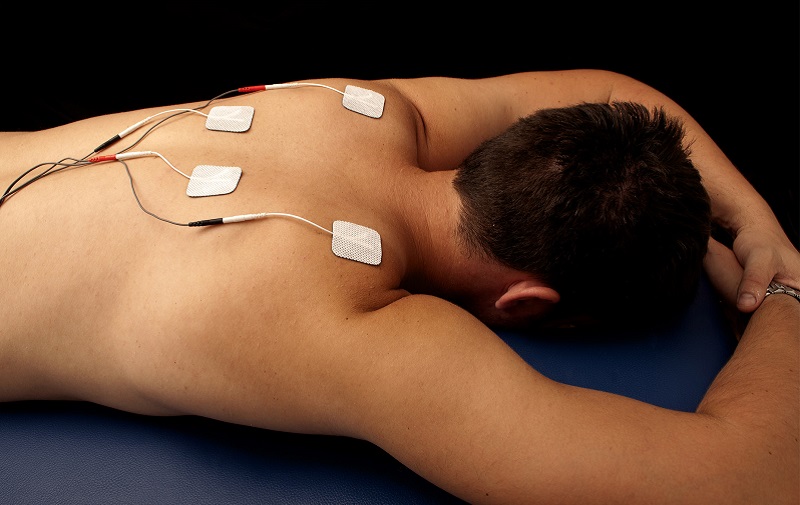
Electrotherapy
Electrotherapy is often used by a therapist as an adjunct to manual therapy in the treatment of musculoskeletal dysfunction & pain.
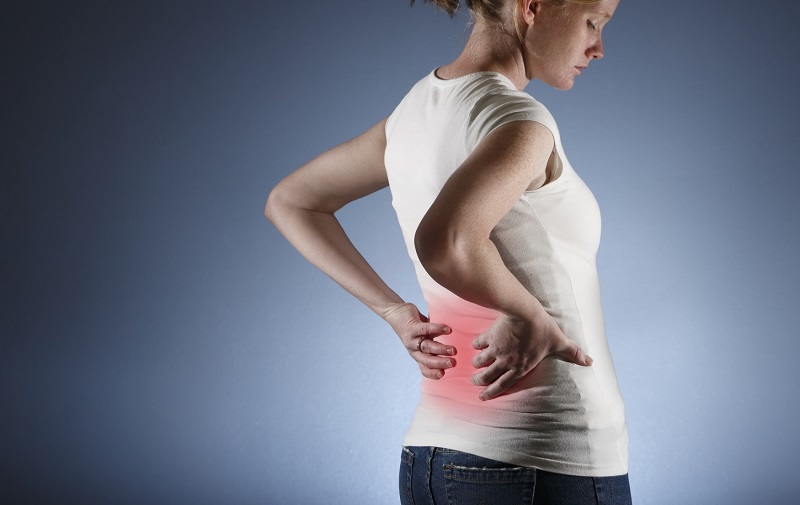
Postural Re-Education
Most people are aware that poor posture can have a direct effect on the risk of developing musculoskeletal problems.
DO YOU STILL HAVE A QUESTION REGARDING OUR SERVICES?
For more information on the conditions we treat and services we offer, or to book an appointment please feel free to get in touch.

